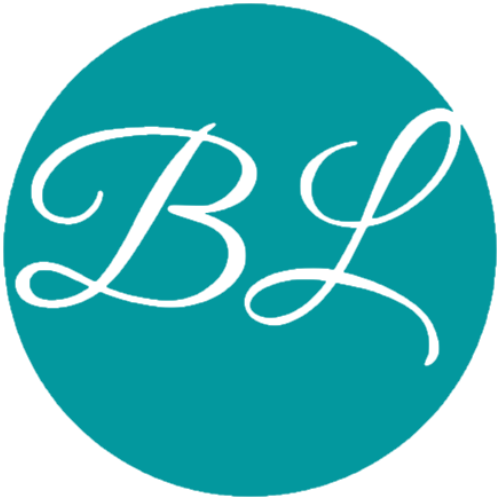Mirror, mirror, on the wall…

Photo by Tuva Mathilde Løland on Unsplash
Mirrors have long been considered mysterious objects. This is reflected in our superstitions and literature.
One of the most common superstitions is that breaking a mirror brings seven years of bad luck. Did you know that there are also ways to reverse the curse? One method is to take the pieces outside and bury them under moonlight. Another way is to turn yourself counter-clockwise three times after breaking the mirror.
Though you don’t want to live in a household without mirrors. Mirrors in the home bring good luck, perhaps because they deflect evil. But hanging a mirror too low, cutting off the top of the tallest family member’s head, will bring about headaches. And beware an undisturbed mirror falling suddenly, as it portends a family member’s death within a year.
A common belief in earlier history was that a mirror contains part of the soul, and that is what looks back at you. There are villains that use mirrors to trap or steal souls. Perhaps that’s how the entity in the magic mirror of Snow White got there, only able to share the truth he sees.
Many stories deal with idea that another world exists on the other side of the mirror. In “Through the Looking Glass”, by Lewis Carroll, Alice steps through a mirror into a surreal other world. The glass extends the vision that would have ended in a wall, doubling the size of a room. Multiple mirrors create an infinite hallway, only blocked by your own reflection. What is it that draws us to the other side?
Magic mirrors can also be used to reflect truth, scry other parts of the world, bring long life, or reflect attacks. An ordinary mirror can be used to distort an image or multiply oneself – a strategy for battle or a trick on a friend.
Harry Potter looks into the Mirror of Erised and sees his heart’s greatest desire. Perseus uses a mirrored shield to reflect Medusa’s stone gaze back at herself. In the movie Brothers Grimm, the Mirror Queen is young and beautiful only in the reflection of her magic mirror, but is in reality ancient and hideous. When the mirror is broken, she falls apart. In “Testament of the Dragon” by Margaret Weis, Justinian Sterling can only communicate with his Dragon Master through mirrors.
One of the most common superstitions is that breaking a mirror brings seven years of bad luck. Did you know that there are also ways to reverse the curse? One method is to take the pieces outside and bury them under moonlight. Another way is to turn yourself counter-clockwise three times after breaking the mirror.
Though you don’t want to live in a household without mirrors. Mirrors in the home bring good luck, perhaps because they deflect evil. But hanging a mirror too low, cutting off the top of the tallest family member’s head, will bring about headaches. And beware an undisturbed mirror falling suddenly, as it portends a family member’s death within a year.
A common belief in earlier history was that a mirror contains part of the soul, and that is what looks back at you. There are villains that use mirrors to trap or steal souls. Perhaps that’s how the entity in the magic mirror of Snow White got there, only able to share the truth he sees.
Many stories deal with idea that another world exists on the other side of the mirror. In “Through the Looking Glass”, by Lewis Carroll, Alice steps through a mirror into a surreal other world. The glass extends the vision that would have ended in a wall, doubling the size of a room. Multiple mirrors create an infinite hallway, only blocked by your own reflection. What is it that draws us to the other side?
Magic mirrors can also be used to reflect truth, scry other parts of the world, bring long life, or reflect attacks. An ordinary mirror can be used to distort an image or multiply oneself – a strategy for battle or a trick on a friend.
Harry Potter looks into the Mirror of Erised and sees his heart’s greatest desire. Perseus uses a mirrored shield to reflect Medusa’s stone gaze back at herself. In the movie Brothers Grimm, the Mirror Queen is young and beautiful only in the reflection of her magic mirror, but is in reality ancient and hideous. When the mirror is broken, she falls apart. In “Testament of the Dragon” by Margaret Weis, Justinian Sterling can only communicate with his Dragon Master through mirrors.
A few other interesting mirror “facts”
- Vampires have no reflection in mirrors.
- According to European folklore, pigs show aversion to mirrors.
- It is very unlucky to use real mirrors on stage, and an actor should not look into a mirror over another’s shoulder as it would bring misfortune to the one overlooked.
What is our fascination with mirrors? Do we see in the mirror the same phenomena as “the grass is greener on the other side”? Is it our own soul looking back, or an alternate world? Or perhaps it is only an illusion.

